5 Ways to Encourage Positive Behavior in Your Dog
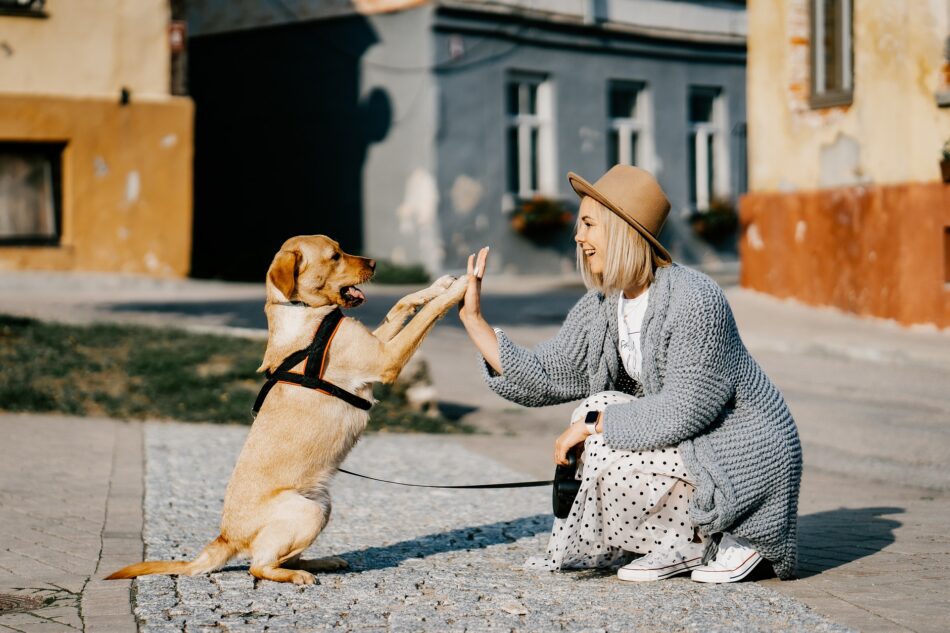 A dog who has been taught positive behavior will be your best friend – fun, affectionate and reliable. It’s straightforward teaching your dog this canine version of positive thinking, but it won’t happen unless you lead the way.
A dog who has been taught positive behavior will be your best friend – fun, affectionate and reliable. It’s straightforward teaching your dog this canine version of positive thinking, but it won’t happen unless you lead the way.
There are many ways of teaching a dog the rights and wrongs of living in the human world, and that extends to how they interact with other dogs and the world around them. In this article, we reveal the five rules of thumb for all dog owners – whether you’re training an adult dog or a puppy.
Encouraging Positive Behavior in Puppies
Puppies recognize when we’re pleased or displeased. It’s all part of their instincts, and in the wild this instinct helped their wolf ancestors find their place in the pack very quickly. Learning their place in the big wide world is all about positive reinforcement.
1. Puppy Treats. Dogs of all ages love food and will put lots of effort into doing what you want them to do as long a there’s a yummy treat at the end of it! This means treat-based training can be used for everything from toilet training to basic obedience training and that all-important early socialization. The message here is simple and timeless – do this right, and you’ll get a treat!
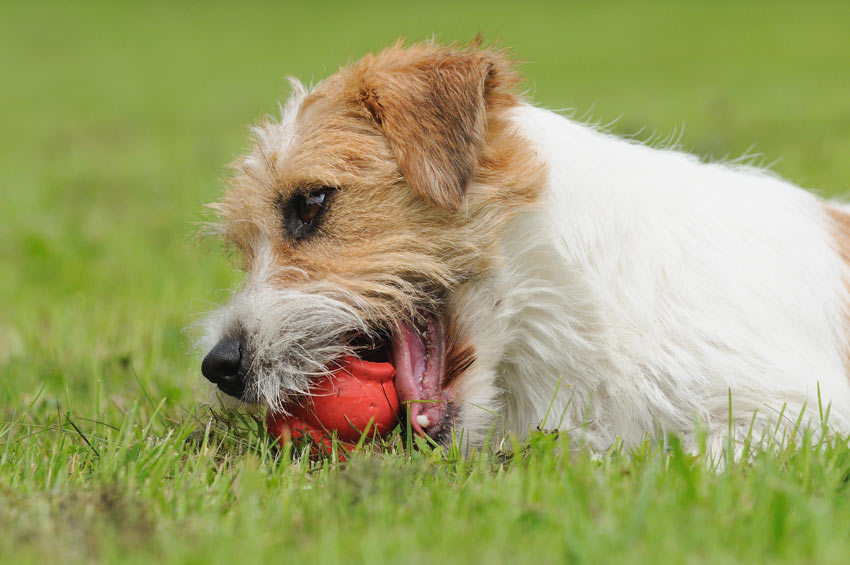 2. Affection. This is arguably even better than a food treat! Bonding with a puppy involves physical contact in the form of belly-rubs, back stroking and lots of gentle words of affection and encouragement.
2. Affection. This is arguably even better than a food treat! Bonding with a puppy involves physical contact in the form of belly-rubs, back stroking and lots of gentle words of affection and encouragement.
3. Fun and games. Tug-of-war, fetch and simply running around the backyard with you are games that puppies love. What’s more, they strengthen the bond and love between you and your pet, and that’s the perfect groundwork for training and encouraging positive behavior.
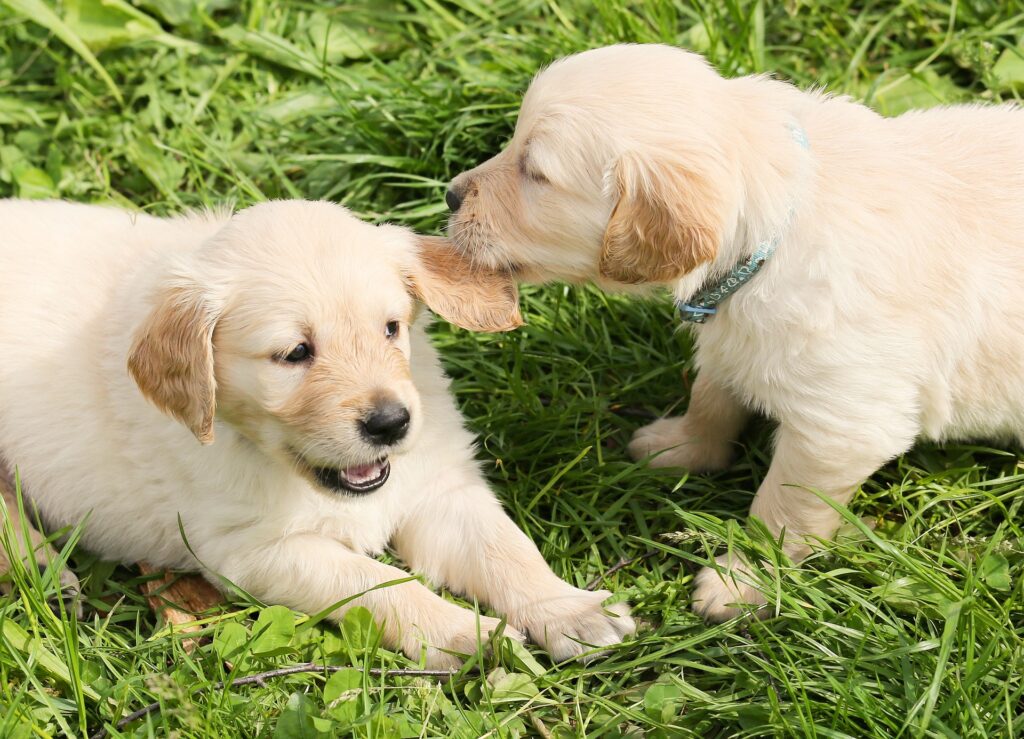 4. A trip to a favorite place. This is a great treat for dogs, and can be as simple as a trip to the park, or perhaps to a favorite street for an on-leash walk, or maybe a shop that sells some of those yummy treats! If this is being done as a reward for good behavior, make sure your puppy knows it by telling them what a good boy/girl they are as you put the lead on or get into the car!
4. A trip to a favorite place. This is a great treat for dogs, and can be as simple as a trip to the park, or perhaps to a favorite street for an on-leash walk, or maybe a shop that sells some of those yummy treats! If this is being done as a reward for good behavior, make sure your puppy knows it by telling them what a good boy/girl they are as you put the lead on or get into the car!
5. Puppy playdates. Starting these early is a great way to socialize your puppy, and that provides the basis for all the positive behavior training. Young dogs love meeting each other – it’s not going to be a quiet morning out with your furry friend, but it’s one that will give him or her essential social skills.
Encouraging Positive Behavior in Adult Dogs
The basics are simple. Positive reinforcement rewards a dog for good behavior and ignores, rather than punishes, undesirable behavior. Punishment will only lead to confusion and fear in your dog, reducing your chances of achieving the full benefits of positive-behavior training.
Here are the five ways to make everything go smoothly, no matter which dog breed you have.
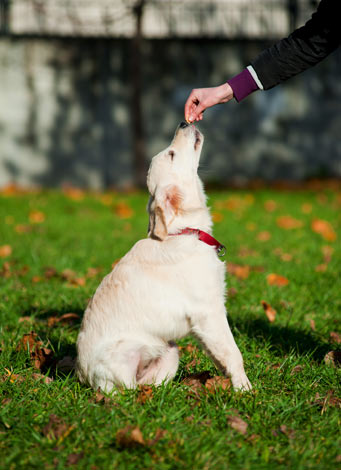 1. Keep it simple. One-word commands are better than complex ones. We’re talking here about sit, come, etc. Save the long-winded exchanges for praise and affection! A training session based on simple commands and treats is a great start for encouraging positive behavior. Which brings us to…
1. Keep it simple. One-word commands are better than complex ones. We’re talking here about sit, come, etc. Save the long-winded exchanges for praise and affection! A training session based on simple commands and treats is a great start for encouraging positive behavior. Which brings us to…
2. Treats. Just like puppies, adult dogs will be well and truly ‘reinforced’ if treats are involved. Some breeds are more food-obsessed than others, but all types of dog will quickly learn that good behavior results – at least in the early days of training – in a yummy treat.
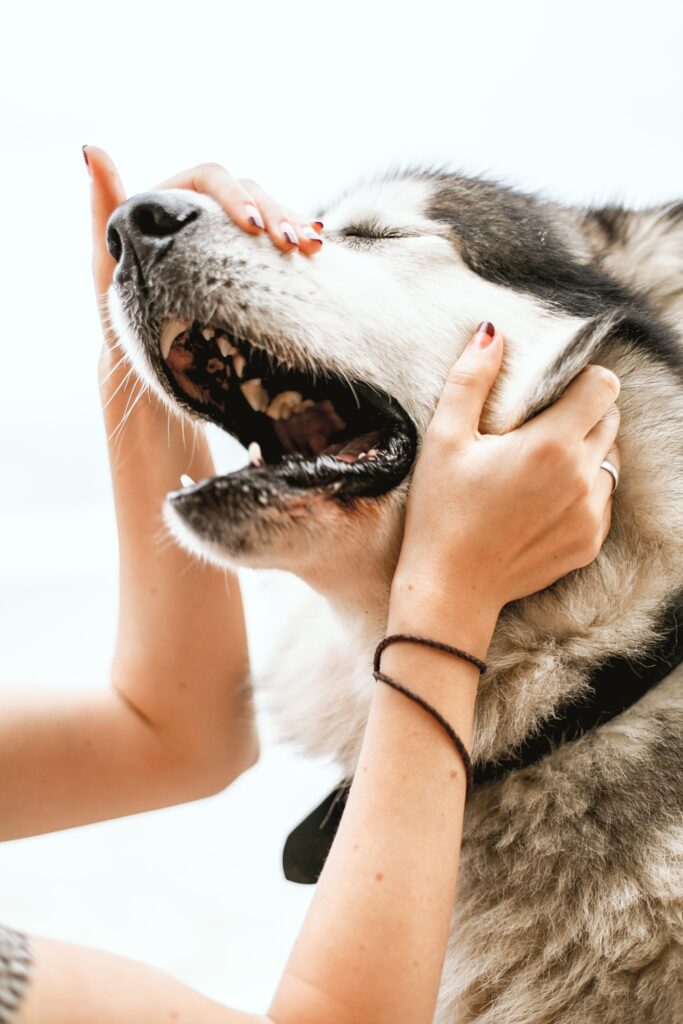 3. Quality time. Dogs are social animals by instinct, and they will thrive in human company. Once you and your pet are the best of friends, the positive behavior training will be much easier. If there’s any nervousness or standoffishness in your dog, they will be less able to take on board the things you’re trying to teach them. So, keep up the contact, and play with them every day.
3. Quality time. Dogs are social animals by instinct, and they will thrive in human company. Once you and your pet are the best of friends, the positive behavior training will be much easier. If there’s any nervousness or standoffishness in your dog, they will be less able to take on board the things you’re trying to teach them. So, keep up the contact, and play with them every day.
4. Make it fun. A long session of ‘sit, lie down, stay, come’, etc. will soon become boring for a dog. A short session of command-based training followed by a bit of fun, however, will make your dog look forward to the sessions every time. After five or ten minutes (depending on your dog’s stamina), round off the proceedings with a game or a walk. The dog will soon realize that “If I do this tricky part, I get that fun reward afterwards!” It’s a trick that works just as well with young children – “Finish your homework, and then we’ll go out on a bike ride!”, that kind of thing.
5. Get everyone involved. Once your dog has grasped some of the basics, other members of the family, or friends, can reinforce the good behavior by running through some of the training with your dog. Your pet will then learn that positive behavior is part of their general lives and applies in all situations with all people.
This latter point is the ‘quantum leap’ for a dog – the idea that positive behavior extends beyond their immediate owner to the big wide world around them. Getting them to this point takes time, there’s no doubt about that, and some breeds are a lot easier to train than others. However, once the work has paid off, you’ll have a doggy best friend you can be truly proud of!
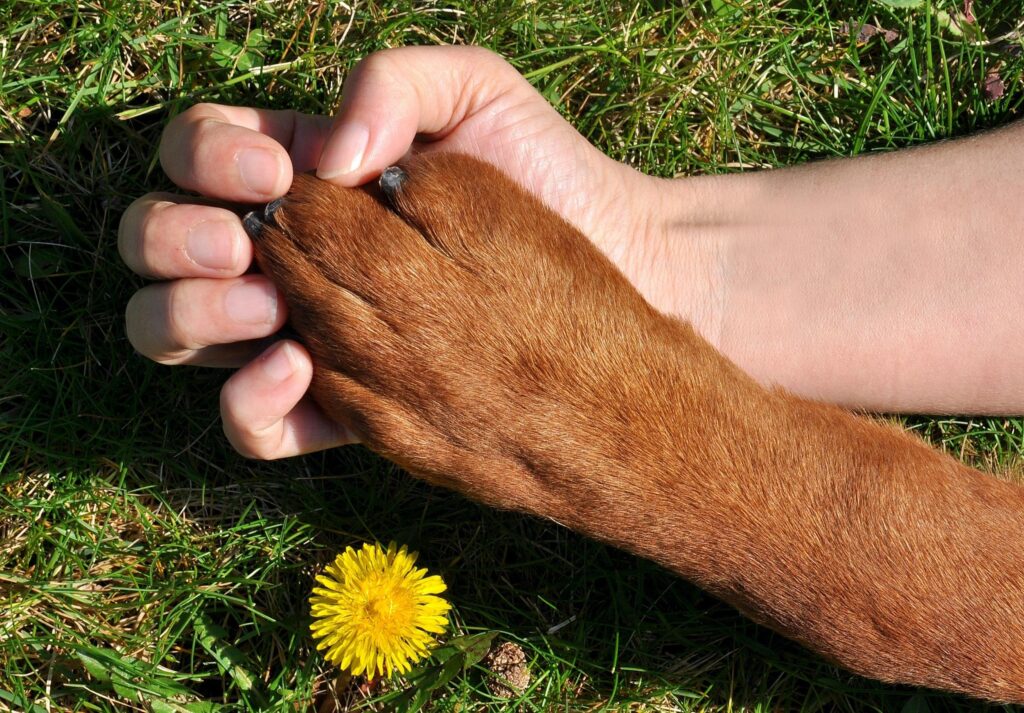
This entry was posted in Dogs